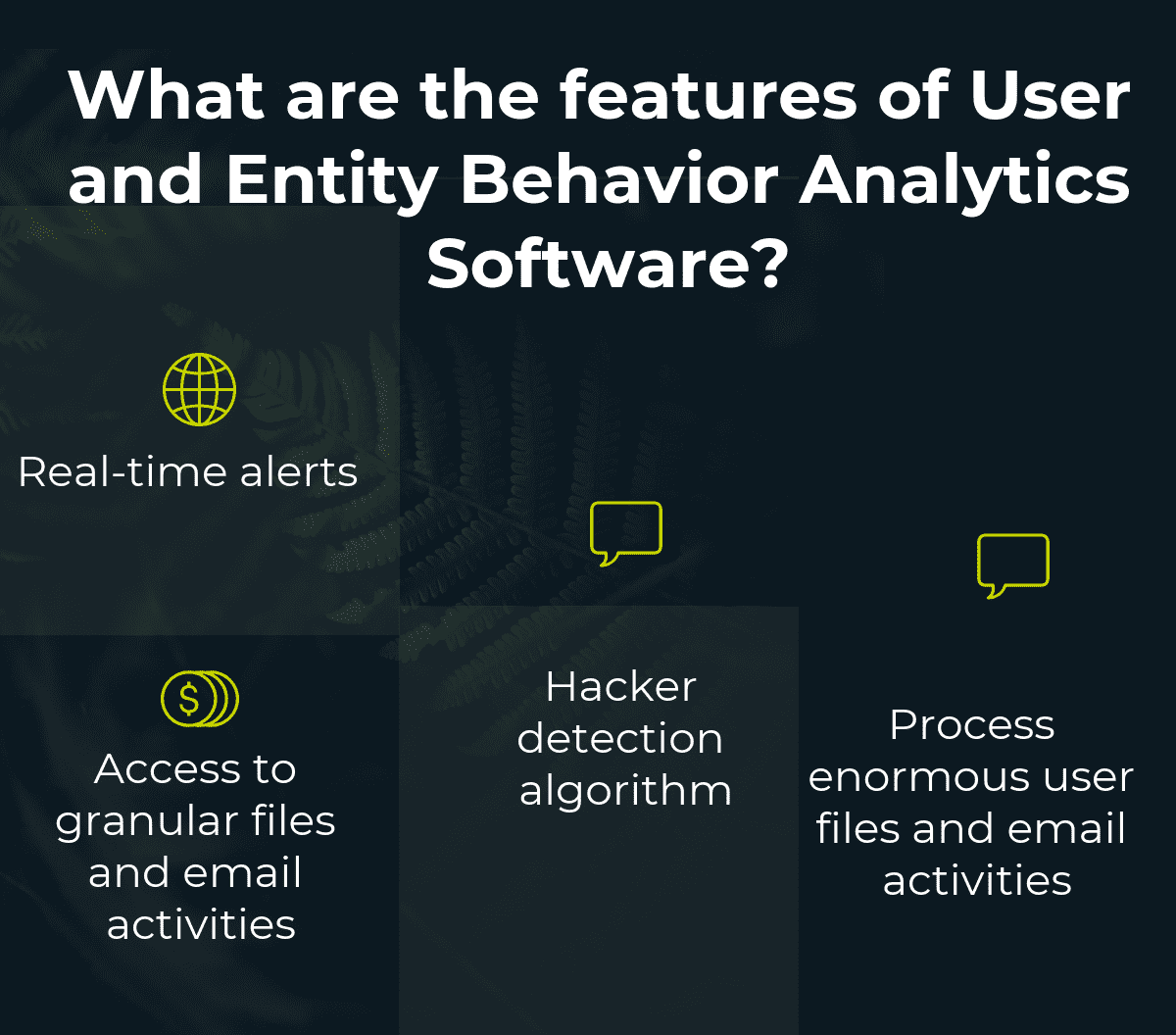Use Entity Behavior Analytics in Azure Sentinel
User & Entity Behavior Analytics (UEBA)
Azure Sentinel collects logs and alerts from all of its connected data sources to analyze them as well as build baseline behavioral profiles of your organization's entities across time and peer group horizon. By using various techniques and machine learning capabilities, Sentinel can then easily identify anomalous activities as well as help you to determine if an asset has been compromised, while also figuring out the relative sensitivity of particular assets, identify the peer groups of assets, as well as evaluate the potential impact of any given compromised asset. Armed with this information, you can effectively prioritize your investigation and incident handling.
Security-driven analytics
As Azure Sentinel is Inspired by the Gartner's paradigm for UEBA solutions, it offers an "outside-in" approach, based on the following three frames of reference:
- Use cases- By prioritizing for relevant attack vectors and scenarios based on security research aligned with the MITRE ATT&CK framework of tactics, techniques, and subtechniques that put various entities as victims, perpetrators, or pivot points in the kill chain; Azure Sentinel focuses specifically on the most valuable logs each data source can provide.
- Data sources- While first and foremost supporting Azure data sources, Azure Sentinel thoughtfully selects third-party data sources to provide data that matches our threat scenarios.
- Analytics- Using various Machine Learning (ML) algorithms, Azure Sentinel identifies anomalous activities and presents evidence clearly as well as concisely in the form of contextual enrichments.
- across geographical locations, devices, and environments.
- across time and frequency horizons.
- as compared to peers' behavior.
- as compared to organization's behavior.
Explore Entities
In order to minimize the risk of this happening, you should first of all verify that all of your alert providers properly identify the entities in the alerts they produce while also synchronizing user account entities with Azure AD which may create a unifying directory, to be able to merge user account entities. The following types of entities are currently identified in Azure Sentinel:
- User account
- Host
- IP address
- Malware
- File
- Process
- Cloud application
- Domain name
- Azure resource
- File (FileHash)
- Registry key
- Registry value
- Security group
- URL
- IoT device
- Mailbox
- Mail cluster
- Mail message
- Submission mail
Entity Pages
- The left-side panel contains the entity's identifying information, collected from data sources like Azure Active Directory, Azure Monitor, Azure Security Center, and Microsoft Defender.
- The center panel shows a graphical and textual timeline of notable events related to the entity, such as alerts, bookmarks, and activities. The queries that detect those activities are developed by Microsoft security research teams.
- The right-side panel presents behavioral insights on the entity. These insights help to quickly identify anomalies and security threats. The insights are developed by the Microsoft security research teams, and are based on anomaly detection models.
Entity Insights
- Syslog
- SecurityEvent
- Audit Logs
- Sign-in Logs
- Office Activity
- Behavior Analytics (UEBA)




Comments
Post a Comment